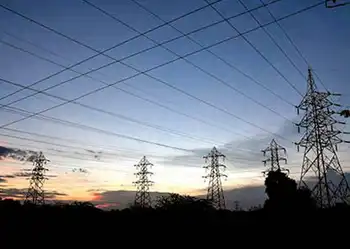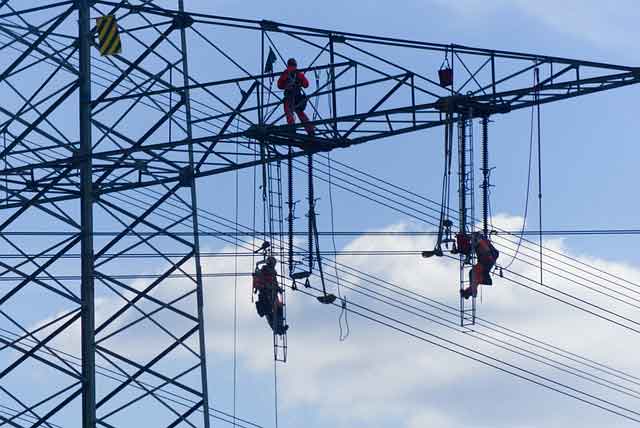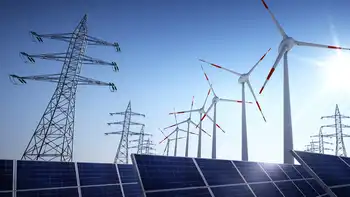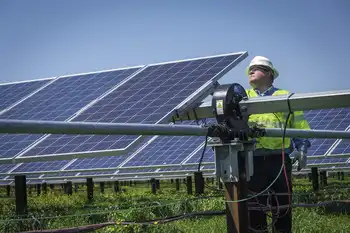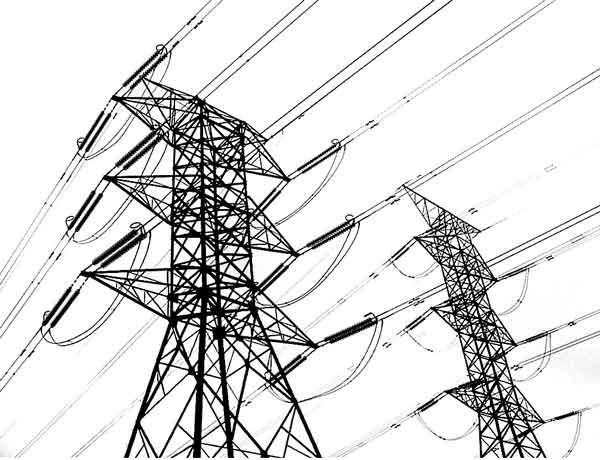Ban the bulb? What kind of a bright idea is that?
By CBC News
Protective Relay Training - Basic
Our customized live online or in‑person group training can be delivered to your staff at your location.

- Live Online
- 12 hours Instructor-led
- Group Training Available
Even such a dimwit as Donald Duck was known to have had a light bulb go on over his head on occasion.
And while the slow-lighting curlicue of a compact fluorescent does not carry nearly the same visual kaboom, it is such an energy-efficient device that even such Kyoto skeptics as the federal Conservatives are turned on by it.
A case in point: in April 2007, former Natural Resources Minister Gary Lunn announced that Ottawa will phase out the sale of inefficient incandescent bulbs by 2012. The ban is expected to help reduce greenhouse gas emissions by more than six million tonnes a year and save homeowners about $60 annually in electricity costs.
The federal government's move followed a similar ban by Ontario announced earlier that month. The province said that replacing all the roughly 87 million incandescent bulbs in Ontario homes with compact fluorescents or other efficient lighting by 2012 could cut electricity demand by six million megawatt hours over the course of a year, enough to power 600,000 households.
Both jurisdictions are following the lead of Australia, which earlier in 2007 became the first country to ban the venerable incandescent bulb. It remains on track to phase them out by 2010. The European Union also jumped on the "ban-the-bulb" bandwagon in 2007. As of Sept. 1, 2009, the EU has ended the manufacture and import of 100-watt and frosted incandescent light bulbs. Clear bulbs will be banned progressively, until all traditional bulbs disappear from stores across Europe in 2012.
From the brightest bulb in the box to environmental dodo in just over a century — that's what happens when the climate warms and the heat increases under the feet of politicians.
No one doubts that compact fluorescent bulbs are much more energy efficient than the traditional bulbs that Edison invented. The equivalent compact fluorescent bulb consumes up to 75 per cent less energy than an incandescent one and also lasts up to 10 times longer.
That's because CFs use only a small amount of electricity to excite the gas in the tube. That produces an invisible ultraviolet light, which is less than the UV in ordinary daylight and which bounces off the white coating inside the bulb to produce a light you can see.
Incandescents, on the other hand, heat a filament inside a tube until it is white hot and produces light. But in the process, over 90 per cent of the energy used is dissipated in heat, usually without any real purpose.
Natural Resources Canada has estimated that if every one of the country's 12 million households changed just one incandescent bulb for a compact fluorescent, that would result in a $73 million savings on our collective electricity bills as well as a corresponding 397,000 tonne reduction in greenhouse gas emissions, the equivalent of taking 66,000 cars off the road.
If we followed the Aussies and went to an outright ban that could result in a whopping eight million tonne drop in greenhouse gas emissions. But some of these gains are probably illusory.
As Tom Adams of Toronto-based Energy Probe points out, incandescent lighting — because of all the heat it gives off — probably contributes to home comfort levels in many parts of the country, particularly in winter. Take that away and you might have to crank your thermostat up another notch.
(Of course, if you keep the hotter incandescents going in the summer, you might have to increase your air conditioning, as well.)
There is also what you might call the beer-fridge problem. Years ago, Ontario Hydro offered huge rebates if its customers would switch to the latest energy-efficient fridges (and other appliances). Many people took them up on the offer, then just put the old fridge down in the basement and used it as a second appliance, a beer fridge, in the process adding to energy demand.
The same phenomenon goes on almost every time, Adams says; as efficiencies improve, utilization goes up.
Still, most environmentalists argue that Canada could take a huge bite out of its energy emissions if only we would enforce the highest efficiency standards for small appliances, electrical motors, home insulation and, yes, lighting.
Compact fluorescents have come down considerably in price in recent years and, because of their long life, are probably the better bargain.
But we Canadians are slow to change our immediate penny-conscious ways and may need a government push if we are going to move with the tide.
In a 2003 survey, Natural Resources found that the average Canadian household used 26.4 light bulbs and that 77 per cent of these — no less than 243 million — were the old incandescent variety.
What that means is that if we had an Aussie-style ban on incandescents, we could, at least theoretically, eliminate something in the order of eight million tonnes of greenhouse gas emissions. (That's: 243,000,000 bulbs divided by 12,000,000 households times 397,000 tonnes.)
There are some problems with compact fluorescent lights, of course. Only certain, more expensive ones can work on dimmers; some people say they don't work well in the cold; and they contain minute amounts of mercury (less than you would find in a watch battery, according to Natural Resources Canada), so they shouldn't just be thrown out with the garbage.
Proponents say the minute mercury in bulbs is much less than the amounts that would have been released into the atmosphere by coal-fired generating plants. But if there is a mass conversion, this could present some disposal problems.
Still, in the battle for a greener future, and a cheaper electric bill, they might just be a bright idea whose time has come. Sorry cartoonists.





